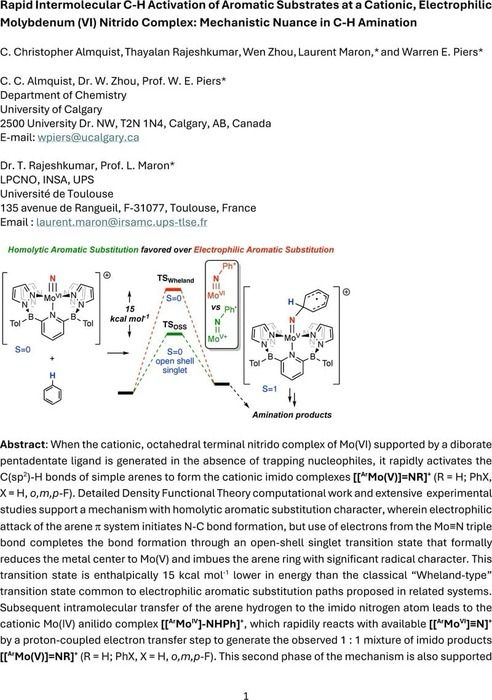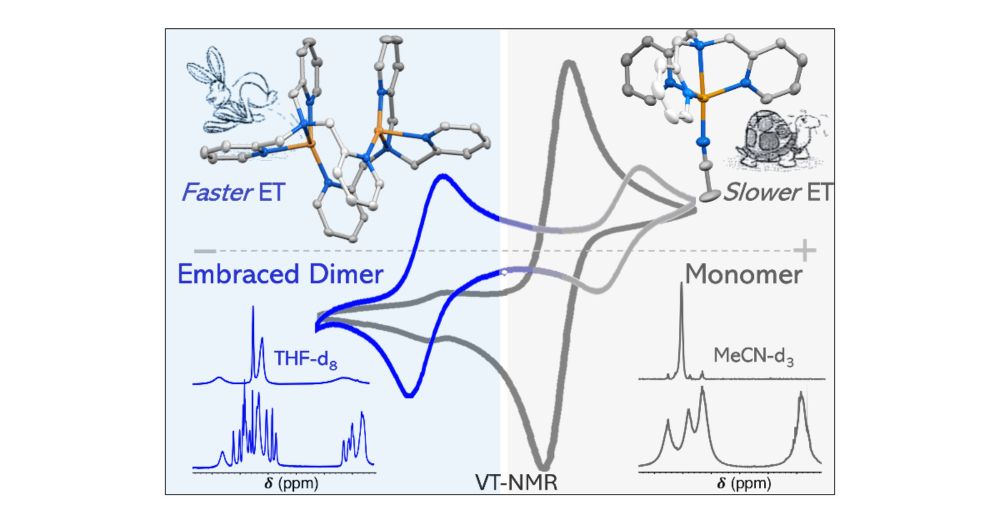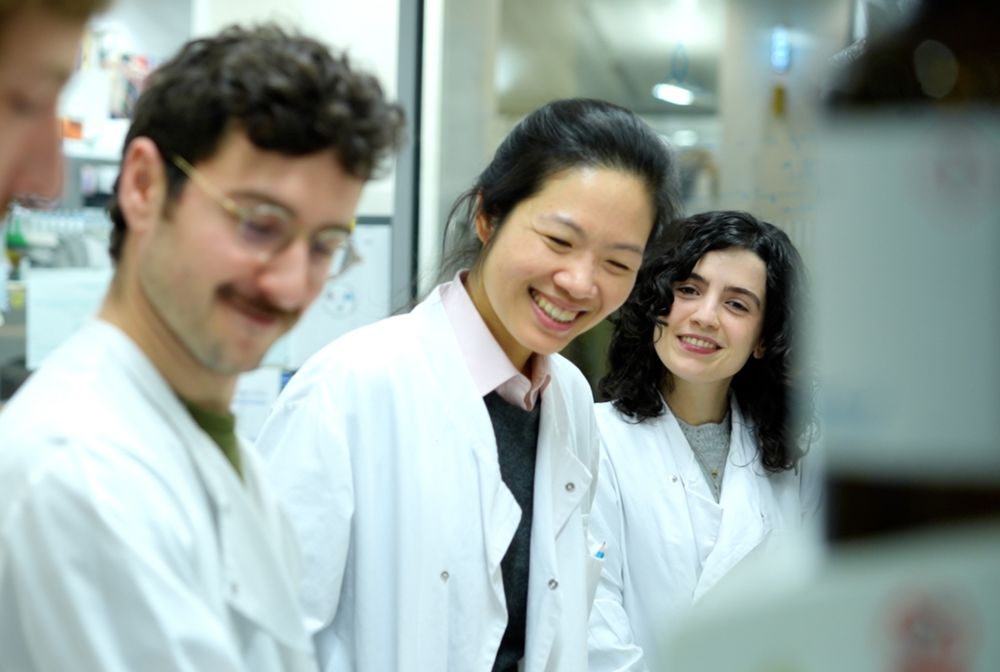
Early career group leaders
We appoint researchers from across biology and biomedicine to set up their first groups at the Crick.
The @crick.ac.uk is recruiting Early Career Group Leaders
- Lab set-up, research costs, salaries for up to 5 researchers
- Support for up to 12 years
- Access to our core facilities
- Competitive salary
- Fantastic colleagues
- All areas of biology
Deadline 27 Nov
www.crick.ac.uk/careers-stud...
10.10.2025 08:20 — 👍 147 🔁 150 💬 2 📌 2
#Postdoc #VirginiaTech
04.10.2025 01:40 — 👍 2 🔁 0 💬 0 📌 0
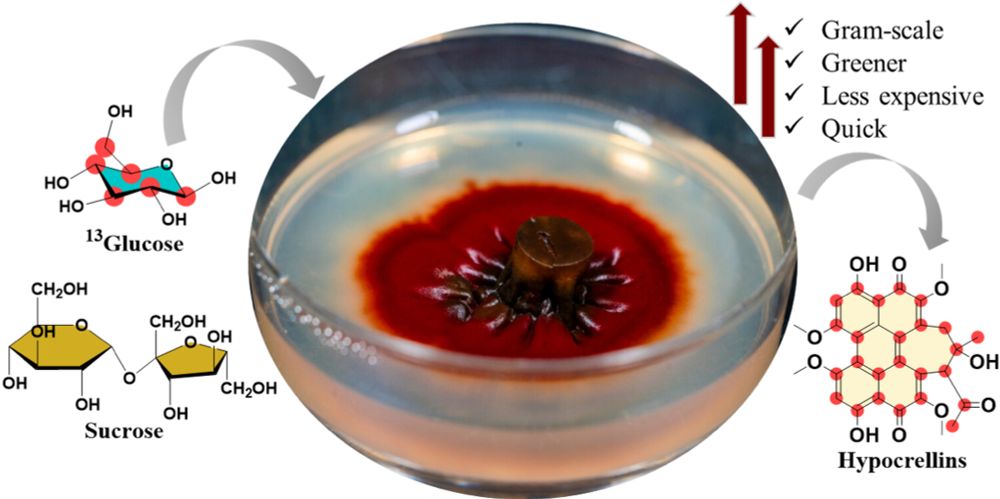
Scaling up the production of fungal perylenequinones and investigating their biosynthesis through stable isotope labeling - Microbial Cell Factories
Background Perylenequinones, such as hypocrellins and hypomycins, are fungal secondary metabolites with potential for pharmaceutical and industrial applications due to both their physical and biological properties. This study focused on their sustainable production. Additionally, stable isotope labeling was used to probe the biosynthesis of these compounds, demonstrating how sugars are likely incorporated into the perylenequinone scaffold. Methods Shiraia sp. (strain MSX60519; Shiraiaceae, Pleosporales) was cultivated under varying nutrient conditions to evaluate the production of perylenequinones, with sugars serving as primary carbon sources. Five metabolites were isolated (from oatmeal cultures) using environmentally friendly solvent-based techniques, and the process was further optimized to maximize yields. High-performance liquid chromatography (HPLC) and liquid chromatography–high-resolution mass spectrometry (LC–HRMS) were employed to detect, characterize, and quantify the major compounds. Furthermore, feeding experiments were performed using 13C-labeled glucose, with droplet probe mass spectrometry used to monitor stable isotope incorporation in situ. Results This study yielded three key findings. First, the production of perylenequinones was significantly enhanced by supplementing fermentation media with sugars, and disaccharides significantly enhanced the production of perylenequinones compared to monosaccharides. Optimizing sugar concentrations during the fermentation further influenced the profile of secondary metabolites. Second, stable isotope labeling experiments confirmed that sugars are the primary building blocks of perylenequinones, as noted by tracing 13C-labeling into ent-shiraiachrome A (1). Finally, a green, scalable, and sustainable strategy for producing these compounds on the gram scale was developed by optimizing fermentation conditions, refining purification methods, and improving extraction efficiency. Conclusion These findings provide critical insights into optimizing fermentation conditions for the scaled and sustainable production of perylenequinones. This approach offers a cost-effective and environmentally friendly pipeline for harnessing these valuable compounds, paving the way for broader pharmaceutical and industrial applications. Graphical abstract
New publication alert!
microbialcellfactories.biomedcentral.com/articles/10....
Scaling up natural products is a pivotal goal in our lab. With scaled-up pure compounds, one can begin to test the various applications of fungal natural products
@uncgresearch.bsky.social
03.10.2025 17:21 — 👍 6 🔁 4 💬 0 📌 0
Today’s Sheldon Shore Lecture
“New Perspectives on the Chemistry of the Rare Earths: Structures, Bonding, and Reactivity”
Dr. Eric Schelter, University of Pennsylvania
4:10 — 5:10PM
CBEC 130
01.10.2025 13:37 — 👍 0 🔁 1 💬 0 📌 0
Congratulations🎉✌️
01.10.2025 16:19 — 👍 1 🔁 0 💬 0 📌 0

Next week.
17.09.2025 16:39 — 👍 1 🔁 1 💬 0 📌 0
Congratulations🎉🥳
26.08.2025 16:09 — 👍 1 🔁 0 💬 0 📌 0
#Relaxation #PulseEPR #Vanadium #Chemistry #QuantumMaterials #InorganicChemistry
#MolecularQubits #Qubits #SpinLattice #Dynamics
@bhkenlo.bsky.social @ohiostatepress.bsky.social
24.07.2025 20:19 — 👍 0 🔁 0 💬 0 📌 0
That's an interesting work!
22.07.2025 22:38 — 👍 1 🔁 0 💬 0 📌 0

⚡️Check out “Characterizing Ultrafast Intersystem Crossing Pathways in Molecular Pt Dimers Using Time-Resolved Wide-Angle X-ray Scattering” a recent publication featuring work from our member Sarah Kromer.
Read more here:
doi.org/10.1021/acs....
20.07.2025 23:51 — 👍 4 🔁 2 💬 0 📌 0

Mondays have never been more interesting with this R1 value 😃
#Crystallography #XRD
14.07.2025 18:43 — 👍 0 🔁 0 💬 0 📌 0
#Copper #TMPA #Mononuclear #Dinuclear #Equilibrium #Solvent #NMR #Redox #Thermodynamic #InorganicChemistry
#UNCG #UNCGreensboro
@bhkenlo.bsky.social @acs.org
16.06.2025 19:08 — 👍 0 🔁 0 💬 0 📌 0
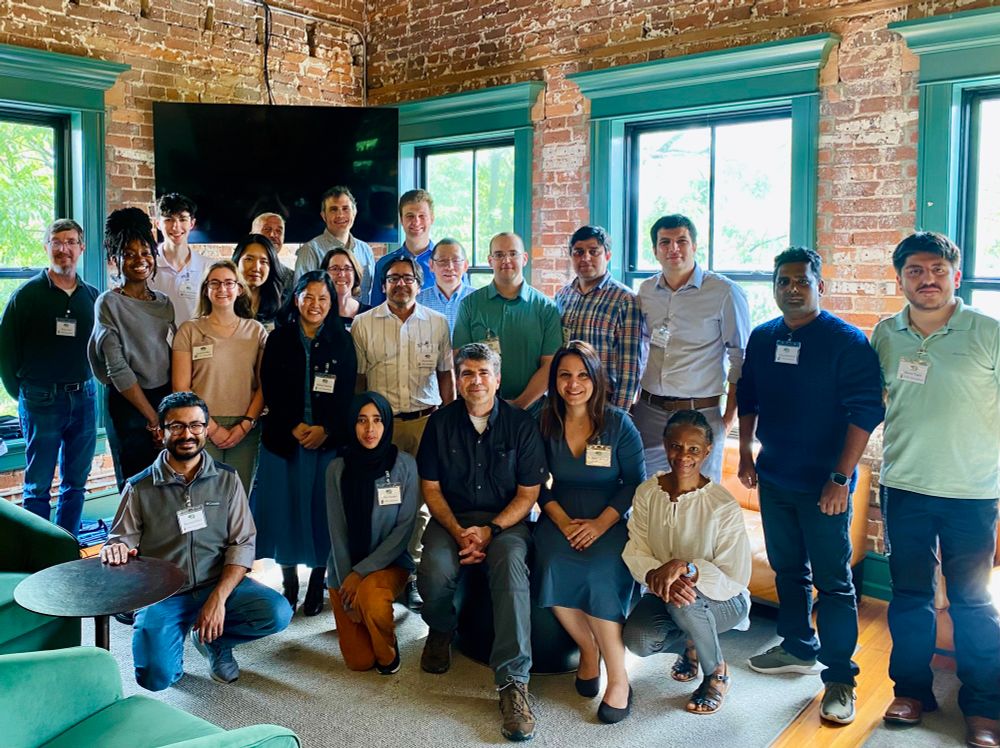
NICER team group photo at the second retreat, showing researchers gathered together, reflecting collaboration and progress in energy research.
Grateful for a productive and energizing second #NICER retreat! Exciting research progress, meaningful collaboration, and a team truly coming together to drive impact. #NatureInspiredSolutions #EnergyResearch ⚡️🌱✨🔋☀️
15.06.2025 02:57 — 👍 5 🔁 4 💬 0 📌 0
2-5 pm: Panic for the next meeting.
29.05.2025 02:55 — 👍 2 🔁 0 💬 0 📌 0
Check out this fantastic conference in Boston, June 23, featuring the Ono Pharma Awardees in chemical biology, registration open now!
28.05.2025 03:37 — 👍 13 🔁 2 💬 0 📌 0
Interesting!
05.05.2025 19:35 — 👍 0 🔁 0 💬 0 📌 0

Catalytic Activity and Mechanistic Investigations of the Nitrido Molybdenum Complex [(PPP)Mo(≡N)(I)] in the Electrochemical Reduction of N2 | Inorganic Chemistry pubs.acs.org/doi/10.1021/... Mézailles, Bucher, and co-workers
@InorgChem
#molybdenum #nitrido #catalysis #N2 #redduction
29.04.2025 05:58 — 👍 4 🔁 1 💬 0 📌 0

Interesting new results from the Long Lab! A series of lutetium metallocenes with spin density residing significantly in the 6s orbital.
pubs.acs.org/doi/10.1021/...
10.04.2025 21:02 — 👍 4 🔁 1 💬 0 📌 0
Chemistry professor at Colgate University. Organometallic, homogeneous catalysis especially hydrogenation, mechanisms, kinetics, computation, crystallography
Chemistry with all the best elements
Ph.D., Mycology, @LASIllinois|Research Scientist @uncg_chem|Taxonomy and Systematics of Ascomycota Fungi| Freshwater Ascomycetes|Fungi|All views are mine.
Member: IUCN SSC Aquatic Fungi Specialist Group
Curating Magnetic Resonance news since 2011. use #NMRchat (New Magnetic Resonance Chat) or tag 🧲 for everything MR, NMR, EPR, ESR and MRI. No endorsements
Upcoming Magnetic Resonance Events in 2025/26 (google doc online, being populated) t.ly/4laEY
Prof. David Mills and his synthetic inorganic chemistry research group at the Department of Chemistry of UoM. Posts by DM.
PhD Candidate @UNC-Greensboro | RiPP Biosynthesis | Enzymology
Mark Foster lab in the Department of Chemistry and Biochemistry at The Ohio State University. We biophysical tools to study protein and nucleic acid structure, function, dynamics and interactions. https://go.osu.edu/fosterlab
Scientist, Chemistry Professor
@OhioState, sometimes Software Developer, married to @kathyfagan.bsky.social
#ceasefirenow
—\/\/\/\/—
Pronouns: He/Him
https://www.grandinetti.org
"Reticular" inorganic chemistry. Dincă Lab at MIT. Blender and entomological enthusiast. https://sites.mit.edu/oppenheim/
The official account of the Department of Chemistry and Biochemistry at The Ohio State
University.
📍Columbus, OH
Research Professor @imdeananociencia.bsky.social. Young Scientist World Economic Forum. Co-founder and CSO of Qfluidics (www.qfluidics.com) & CelliXio (www.cellixio.com)
https://scholar.google.com/citations?user=pcNFT5oAAAAJ&hl=en&oi=ao
Group Leader at LIOS 🇱🇻🇪🇺 | Past: UMS 🇲🇾 → UWA 🇦🇺 → HU 🇯🇵 → NUS 🇸🇬 | 2019 JSPS Fellow | Natural Products | Biosynthesis | Enzymes |
Lab: https://sites.google.com/view/phanlab/
Nature Inspired Collaborative Energy Research (NICER)
https://chem.uncg.edu/hematian/nicer/
All views and opinions expressed are my own.
Inorganic chemistry professor at the University of Illinois Chicago 🧪⚛️⚗️
Associate Editor of Dalton Transactions 📝📔
Chemistry Professor, University of Rochester, USA. Proud PI of @BrenLab.bsky.social
We are a diverse group of chemists and biochemists studying the structure-function relationship of metalloproteins 🏳️🌈🧪🧬
Find us here: https://t.co/eHC3pQp4dz
Professor of Chemistry at NC State, EIC of Chemical Physics Reviews.
https://castellano.sciences.ncsu.edu/















